News
Marine algae boost efficiency and safety in animal production
Essential elements extracted from marine algae have been proven to improve animal production efficiently through better hygiene, health and nutrient utilization.
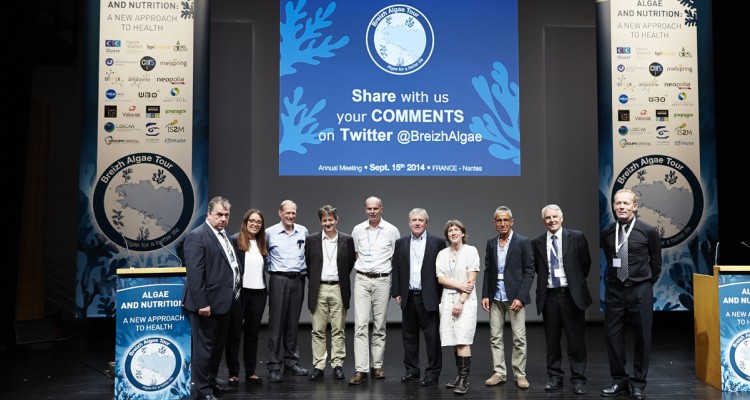
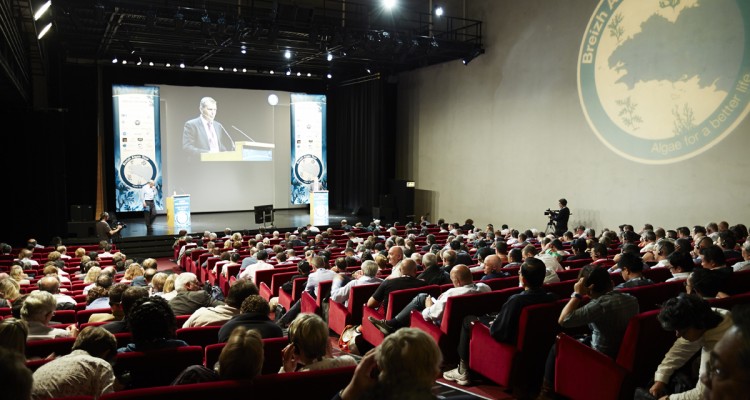
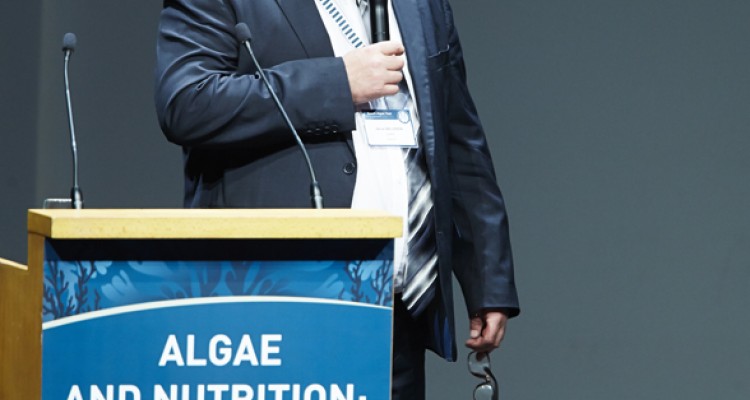




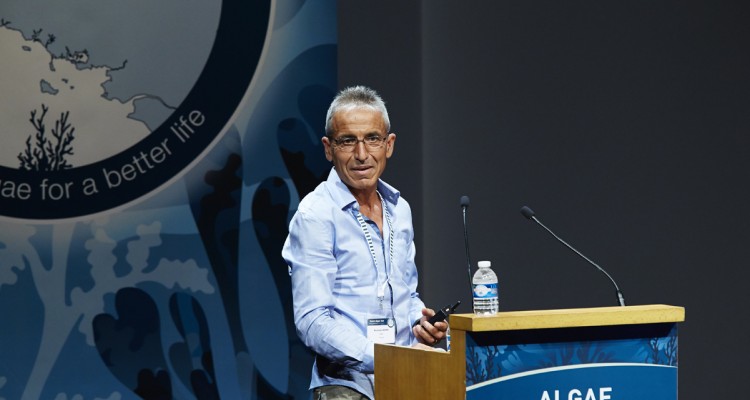
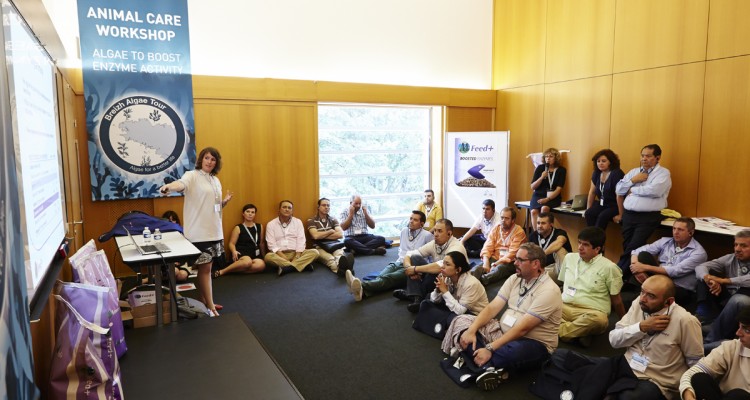
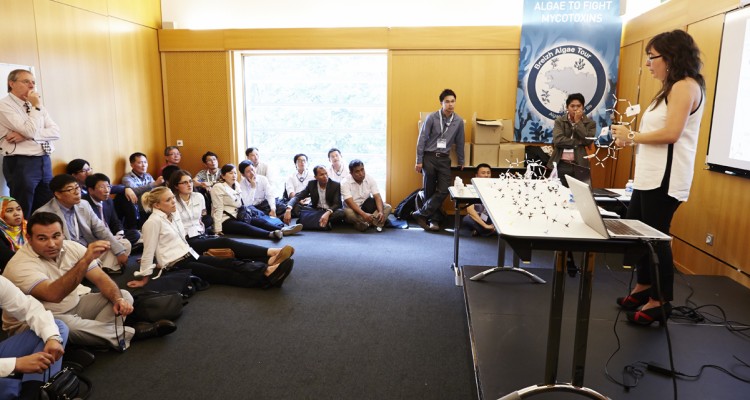
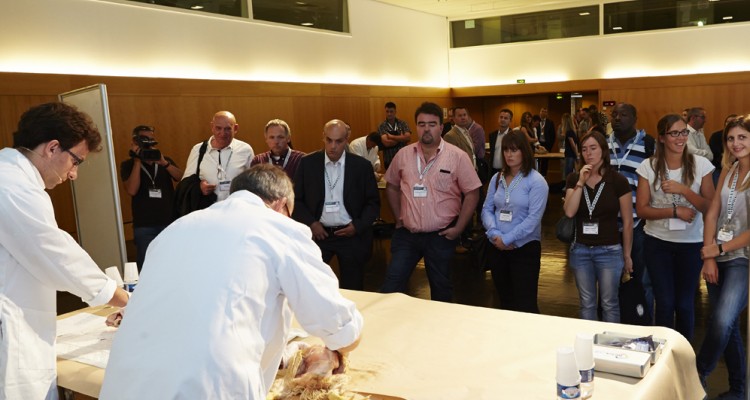
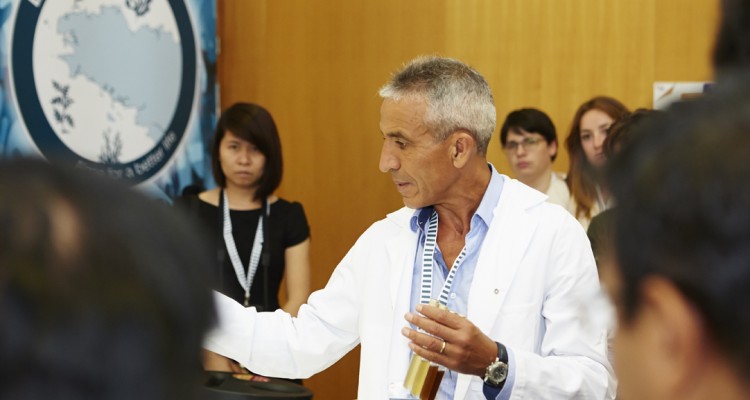
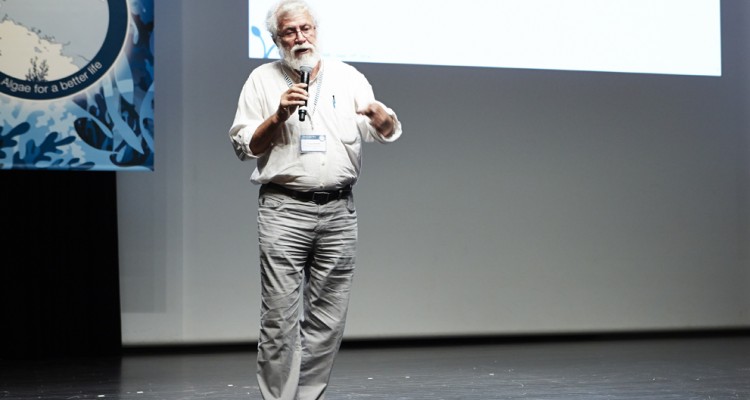
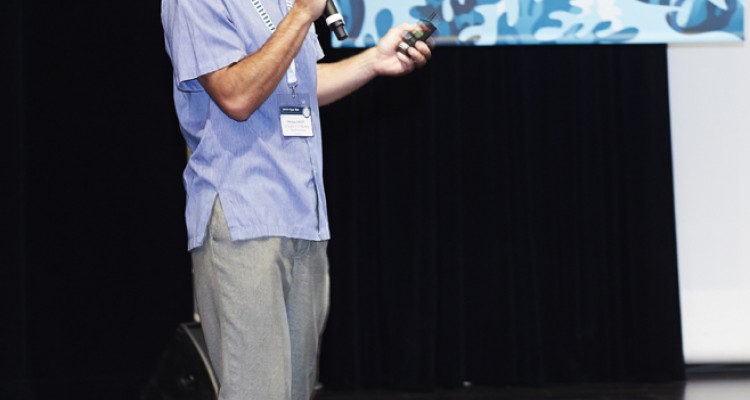
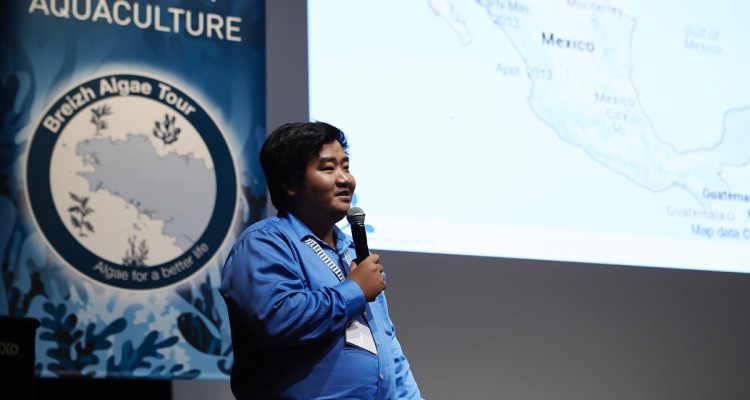
This subject was addressed at the Breizh Algae Tour 2014 in France. Held by Olmix, the event, which was taken place at La Cite Nantes Events Center, was attended by over 500 participants from over 43 countries.
“Algae offer an exceptional untapped potential. Molecules extracted from algae represent a new source of innovation for biotechnology,” said Hervé Balusson, Olmix CEO and Breizh Algae President.
Renowned researchers presented their latest findings on the gut and its wide ranging functions critical to health and well-being of both humans and animals.
While today priority is still given to chemistry, particularly antibiotics, now we know that algae extracts can have a favorable influence on our digestive ecosystem, act on the microbiota, stimulate both our enteric nervous system and the myriad of receptors of the immune system lining the intestinal wall.
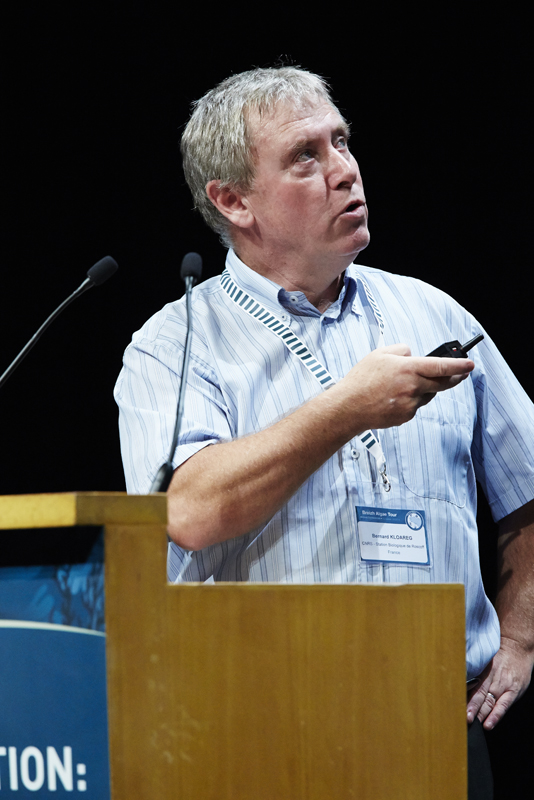 “This new knowledge opens up very encouraging prospects which make algae a new avenue for approaching health through nutrition,” said Pr. Bernard Kloareg, Director of research CNRS 8227 and Director of the Biologic Station of Roscoff UPMC, Roscoff, France.
“This new knowledge opens up very encouraging prospects which make algae a new avenue for approaching health through nutrition,” said Pr. Bernard Kloareg, Director of research CNRS 8227 and Director of the Biologic Station of Roscoff UPMC, Roscoff, France.
For years, Olmix extracts essential elements from algae and turns them into different products for improvement of hygiene in animal production, binding mycotoxins in feed, enhancement of digestive and immune systems of animals *.
Sulfated polysaccharides found in green algae of the genus Ulva, are unique elements, not found in terrestrial plants and therefore more efficient in improving health and growth performance of the animals.
Utilization of algae is also sustainable because they can be harvested sustainably from natural populations which grow without the need of fresh water, fertilizer and pesticides.
* Local regulations should be consulted concerning the status of these products in the country of destination.
Algae and nutrition: a new approach to health
Five experts were invited to speak on the theme ‘Algae and nutrition: a new approach to health’ at the Breizh Algae Tour 2014, the algae annual technical conference held by Olmix.
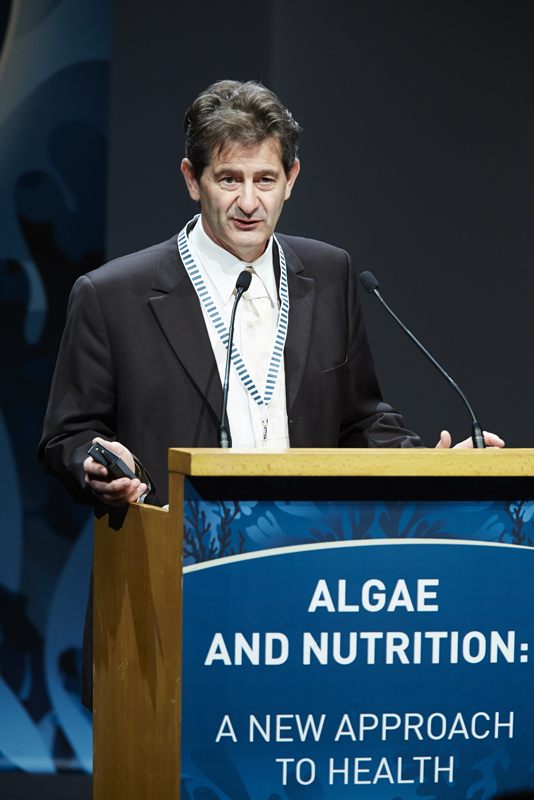 First Pr. Hervé Blottière, Director of research UMR INSERM U913 in Nantes, France, addressed on the importance of the gut as an ecosystem that should be fed properly as ‘we are what we eat.’
First Pr. Hervé Blottière, Director of research UMR INSERM U913 in Nantes, France, addressed on the importance of the gut as an ecosystem that should be fed properly as ‘we are what we eat.’
“Ultimately, our production model feeds a complex ecosystem, the gut. Just like this hen, our digestive system contains ten times more bacteria than the total number of our cells,” he said during his session on ‘The gut, this organ which governs us.’
The gut: our original brain
 Pr. Michel Neunlist, Director of research UMR INSERM U913 in Nantes, France, revealed new research showing that the gut is a second brain that contains 200 million independent neurons.
Pr. Michel Neunlist, Director of research UMR INSERM U913 in Nantes, France, revealed new research showing that the gut is a second brain that contains 200 million independent neurons.
“Our small intestine is a concentrate of intelligence, the equivalent of that of a small pet. A significant part of our neuronal activity occurs in the gut.
“Nutrition will help to regulate the balance of the enteric nervous system and even the central nervous system… Therefore, we can influence our nervous system by what we eat, by changing our enteric ecosystem in direct connection with our brain,” he said.
 Pr. John B Furness, Research scientist in digestive physiology at the University of Melbourne, Australia, said the gut is the main organ of immune system that provides the largest area of contact with the outside environment.
Pr. John B Furness, Research scientist in digestive physiology at the University of Melbourne, Australia, said the gut is the main organ of immune system that provides the largest area of contact with the outside environment.
These areas of contact, which in men or pigs, can be as large as a tennis court, must ensure the proper supply of nutrients and, at the same time, manage the reaction to pathogens, toxins and parasites.
“These sensors, which communicate with the help of immunity-specific receptors and molecular receptors - are the gut lumen. They are everywhere and they call lymphocytes and macrophages to their assistance,” he said.
Algae: a way to communicate with the gut
Pr. Bernard Kloareg, Director of research CNRS 8227 and Director of the Biologic Station of Roscoff UP MC, Roscoff, France, said algae extracts can have a favorable influence on the digestive ecosystem, act on the microbiota, and stimulate both the enteric nervous system and the myriad of receptors of the immune system lining the intestinal wall.
“This new knowledge opens up a very encouraging prospects which make algae a new avenue for approaching health through nutrition” he said.
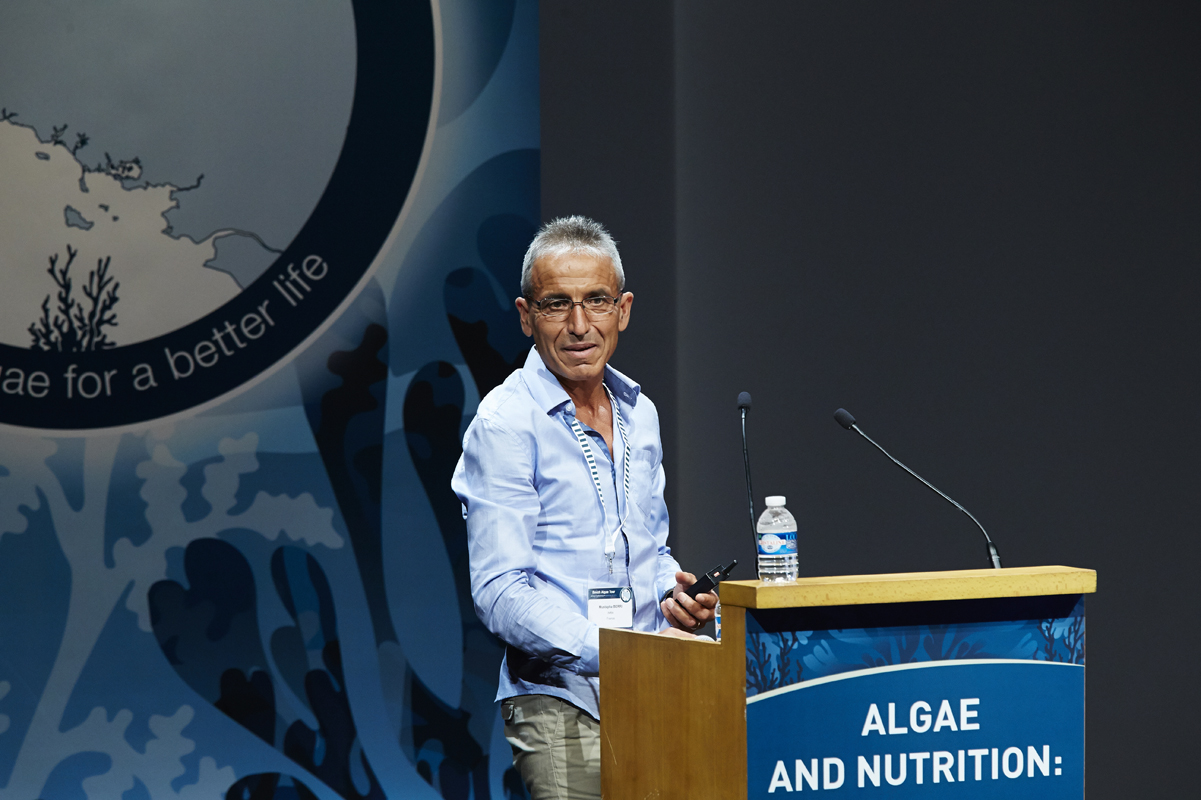 M. Mustapha Berri, research engineer UMR INRA 1282 in Tours (Nouzilly), France, said that replacing additives, pesticides and antibiotics used in the food processing industry with natural elements extracted from algae along the entire food chain would be significantly beneficial to nutrition and health.
M. Mustapha Berri, research engineer UMR INRA 1282 in Tours (Nouzilly), France, said that replacing additives, pesticides and antibiotics used in the food processing industry with natural elements extracted from algae along the entire food chain would be significantly beneficial to nutrition and health.
The power of algae
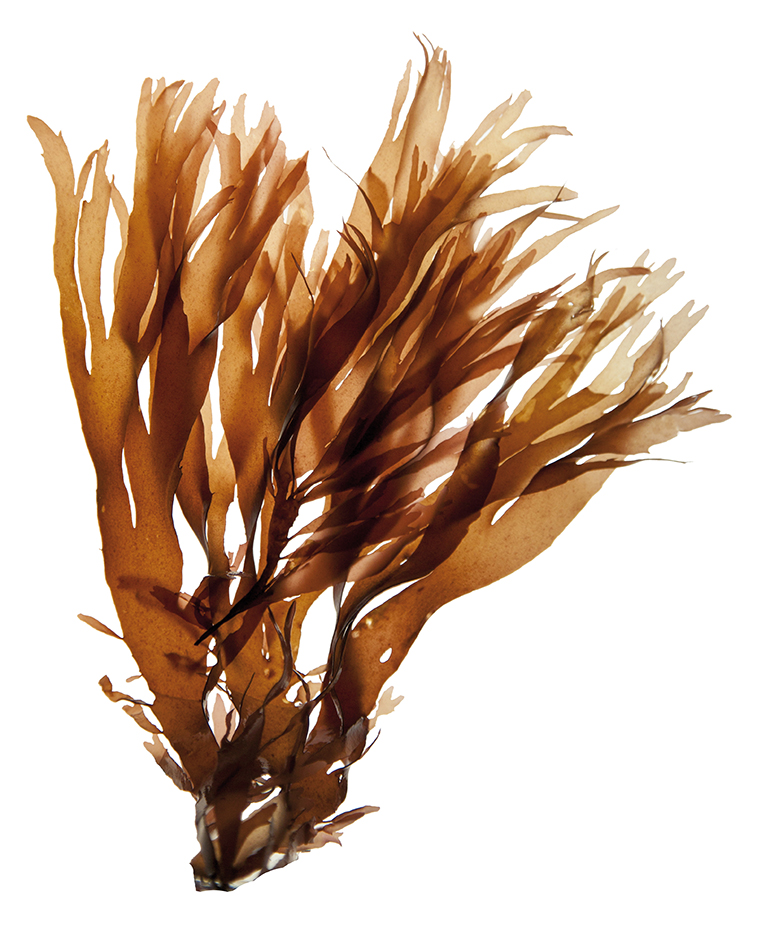 A desire to provide natural alternatives to agricultural additives has led to the creation of Olmix Group in Bréhan, at the heart of Brittany, France in 1995.
A desire to provide natural alternatives to agricultural additives has led to the creation of Olmix Group in Bréhan, at the heart of Brittany, France in 1995.
In 20 years, the company has become one of the major global specialists in marine biotechnology and green chemistry.
From the start, Olmix Group has innovated in trace elements, transforming by-products into high-value green ingredients. Its mission is to make effective use of an abundant untapped resource to promote sustainable food.
This approach guides the company’s teams worldwide in their work of extracting value from green, red and brown algae.
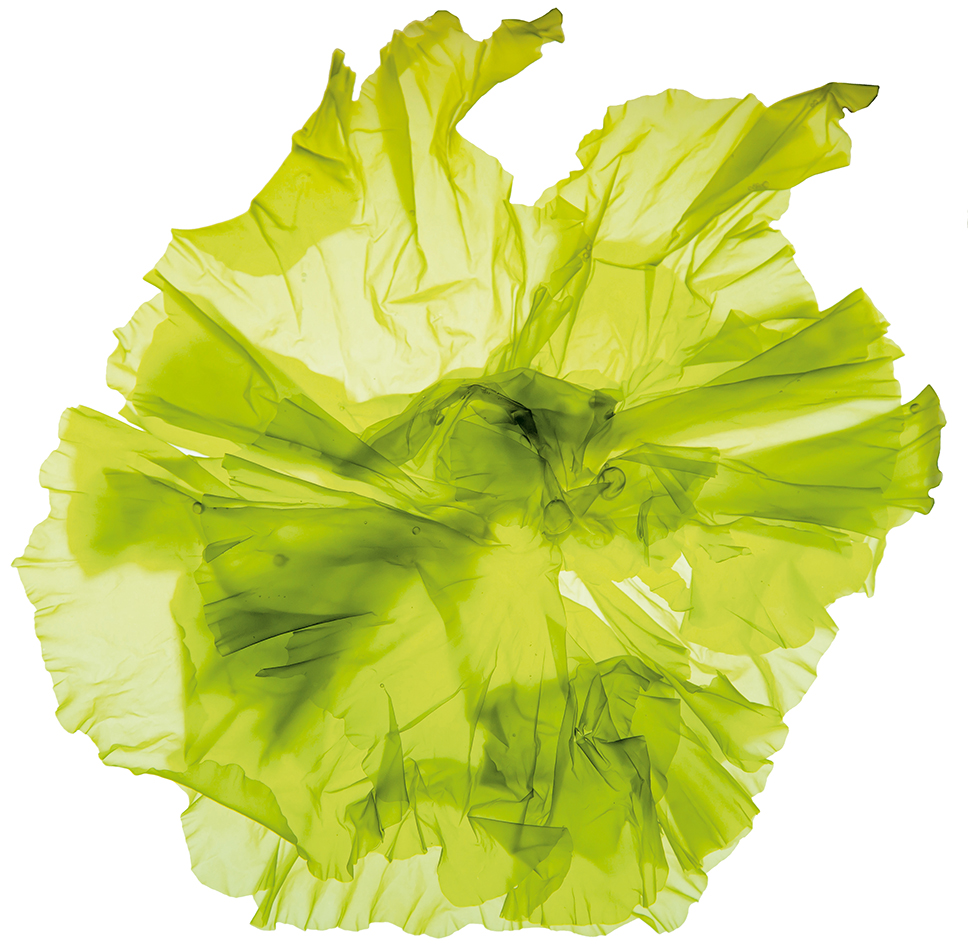 “The secret to Olmix Group’s success has been our visionary approach, identifying marine algae as a renewable raw material with an unexpected potential to help feed nine billion people sustainably by 2050,” said Hervé Balusson, Olmix Group’s Founder and CEO.
“The secret to Olmix Group’s success has been our visionary approach, identifying marine algae as a renewable raw material with an unexpected potential to help feed nine billion people sustainably by 2050,” said Hervé Balusson, Olmix Group’s Founder and CEO.
Algae to boost profitability in animal production
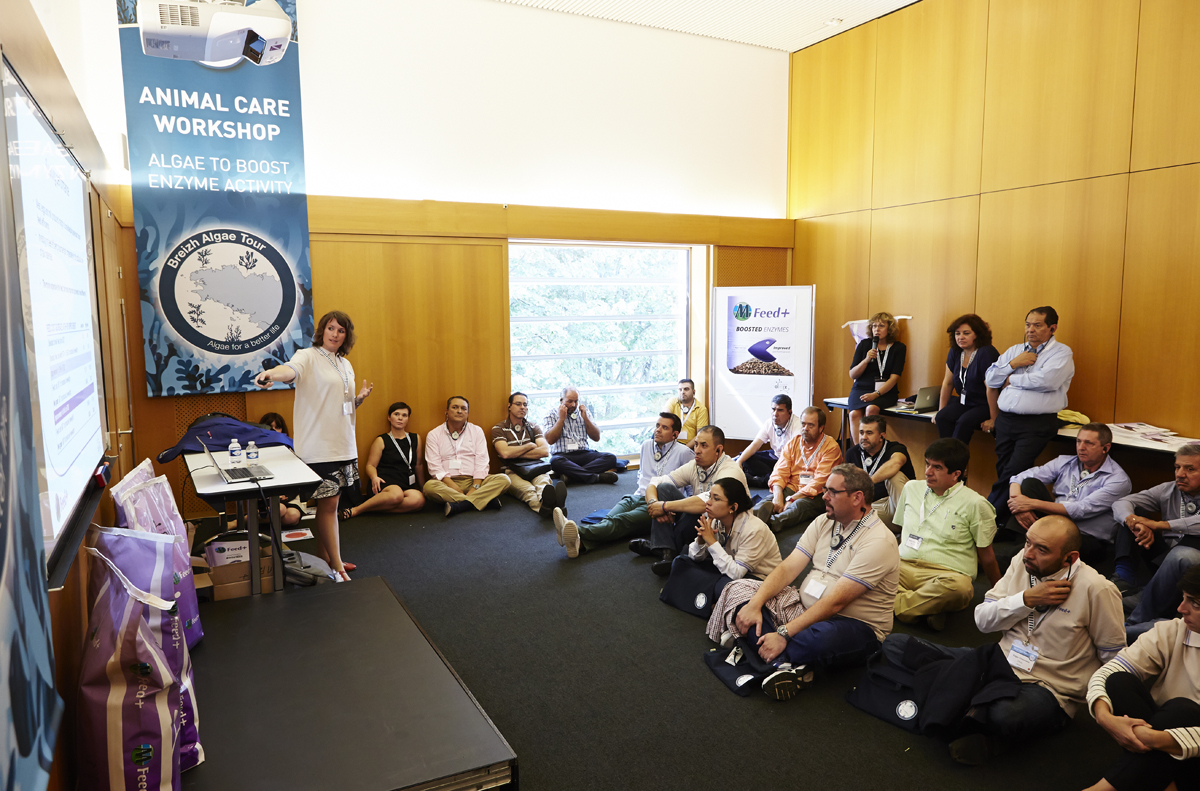 Knowing that profitability in animal production depends on feed efficiency, Olmix has launched a new product based on seaweed extracts to boost the use of the feed by animals, during its Breizh Algae Tour 2014 held recently in France.
Knowing that profitability in animal production depends on feed efficiency, Olmix has launched a new product based on seaweed extracts to boost the use of the feed by animals, during its Breizh Algae Tour 2014 held recently in France.
Called ‘MFeed+’, it is a unique association of clay particles and different seaweed extracts.
MFeed+ acts as a matrix for enzymatic reactions to occur. So, it is the meeting point of enzymes and feed in the intestine.
Besides, MFeed+ also provides many diverse metallic ions, sometimes absent in the feed. These metallic ions are cofactors required for the activation of several enzymes.
“By optimizing the efficacy of enzymes in the intestine, MFeed+ increases the use of the feed”, said Marie Gallissot, Technical Supervisor at Olmix.
“Since more nutrients are used for growth, less undigested feed reaches the large intestine, contributing to the maintenance of the gut microflora balance and the integrity of the gut wall,” she said.
Ms Gallissot was speaking at the workshop session of the tour. Besides attending the lecture session, over 500 participants from 43 countries were divided in small groups to take part in different workshops to gain hands-on experiences on how algae contributes to agriculture, animal health and human health.
Apart from this workshop, which addressed on algae and enzymes activity, the participants also had an opportunity to attend other workshops on other topics including ‘algae to fight mycotoxins,’ ‘algae for immunity,’ algae to reduce antibiotics’ and ‘algae for aquaculture.’
Algae to fight mycotoxins
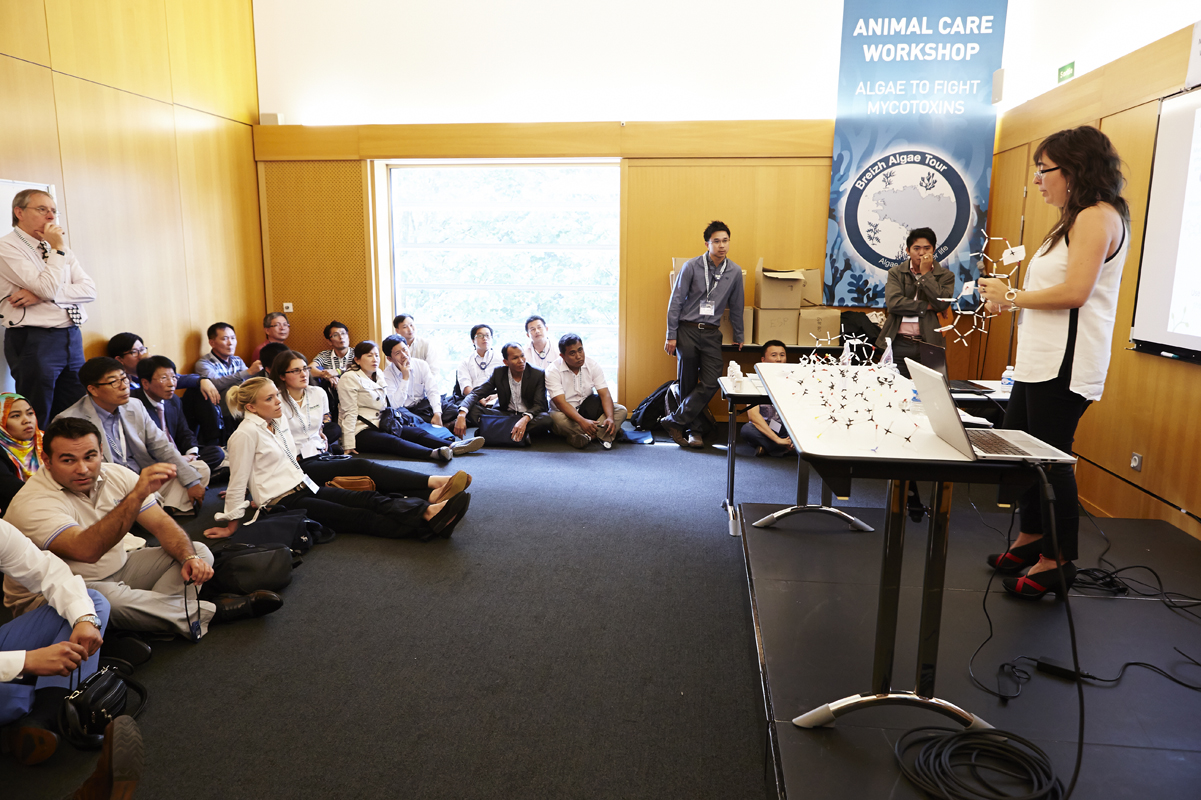 At this workshop, Olmix demonstrated to the participants how mycotoxins pose risks to animals through immune depression as well as digestive and reproduction problems.
At this workshop, Olmix demonstrated to the participants how mycotoxins pose risks to animals through immune depression as well as digestive and reproduction problems.
Olmix also offered tools to evaluate the risk of mycotoxins in a farm (Mycotoxin Risk Evaluator), optimize the solution to fight mycotoxins (MT.X+ Calculator) and presented a handy compilation of the basic facts about mycotoxins (Mycotoxins Essentials).
MT.X+ is a combination of natural adsorbents based on clay and seaweed extracts that Olmix develops to control the risks of mycotoxins in feed.*
* All information only for export outside Europe, USA and Canada
Algae for immunology
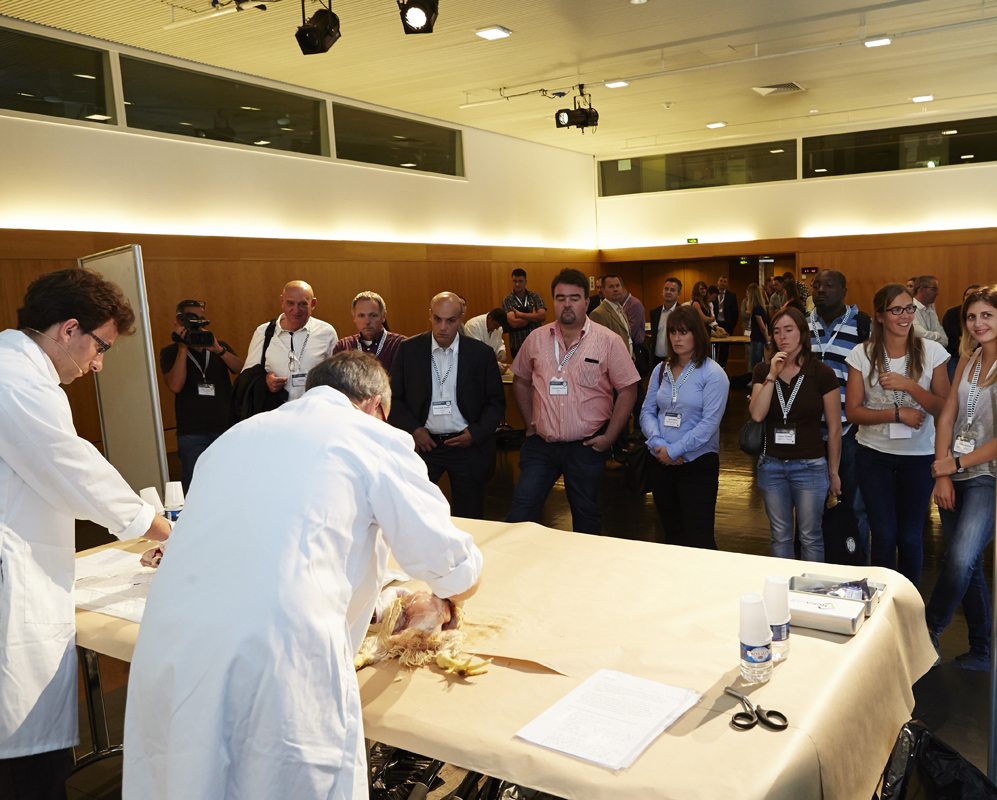 The most striking workshop was likely to be on the algae for immunity. Over there, the participants had a chance to observe a live necropsy conducted by veterinarians to show how it is important in diagnosis of poultry and pig health.
The most striking workshop was likely to be on the algae for immunity. Over there, the participants had a chance to observe a live necropsy conducted by veterinarians to show how it is important in diagnosis of poultry and pig health.
Necropsy is a tool to correct nutrition and management of the flock. It is also useful to define preventive programs as nutraceutical marine algae extract programs specially adapted for each type of flock and poultry production.
Algae as prebiotics
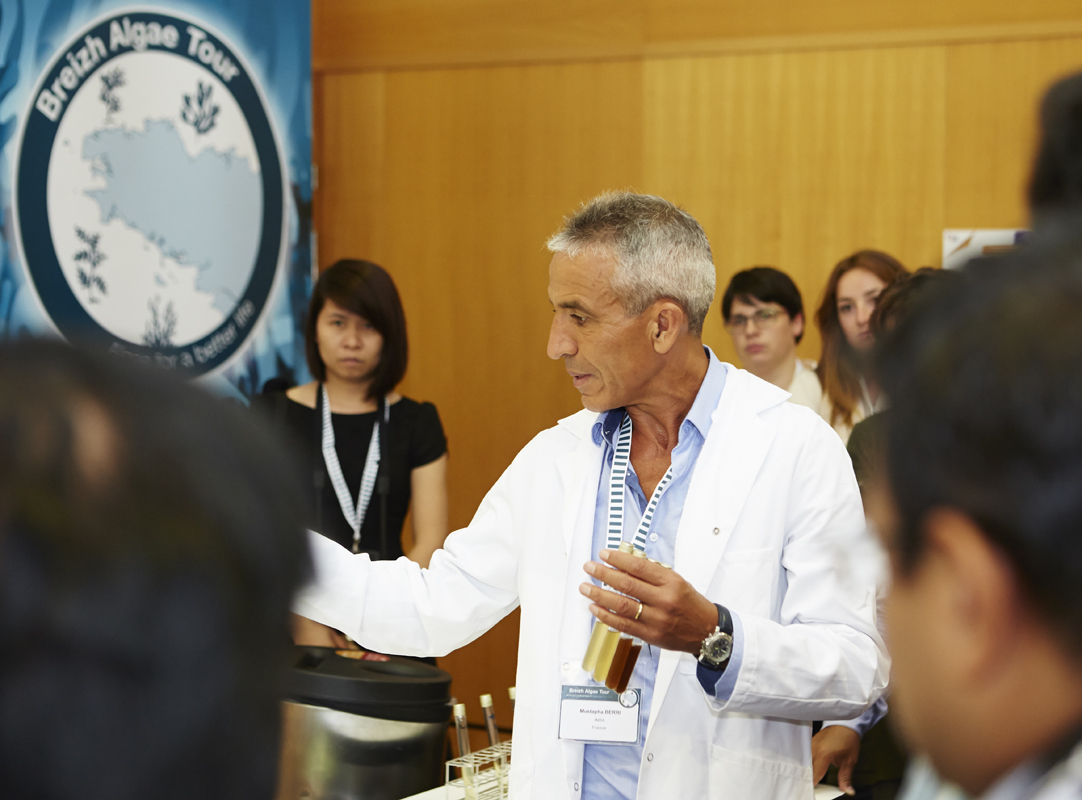 This workshop showed the participants how the marine algae have the ability to produce biologically active compounds that find applications in industries such as pharmaceuticals, food and animal feed.
This workshop showed the participants how the marine algae have the ability to produce biologically active compounds that find applications in industries such as pharmaceuticals, food and animal feed.
In order to substitute the antibiotics use in livestock by natural additives, a scientific collaboration project was recently established between the French Institute of Agronomic Research (INRA) and Olmix Group that has an extensive experience in algae-based products valorisation as natural feed additives used in agriculture.
Algae for Aquaculture
Increasingly being one of the most important sources of protein for humans, aquaculture is exploding in various regions of the world, particularly in Asia. The rise in aquaculture production in the region is putting a great challenge that algae can tackle.
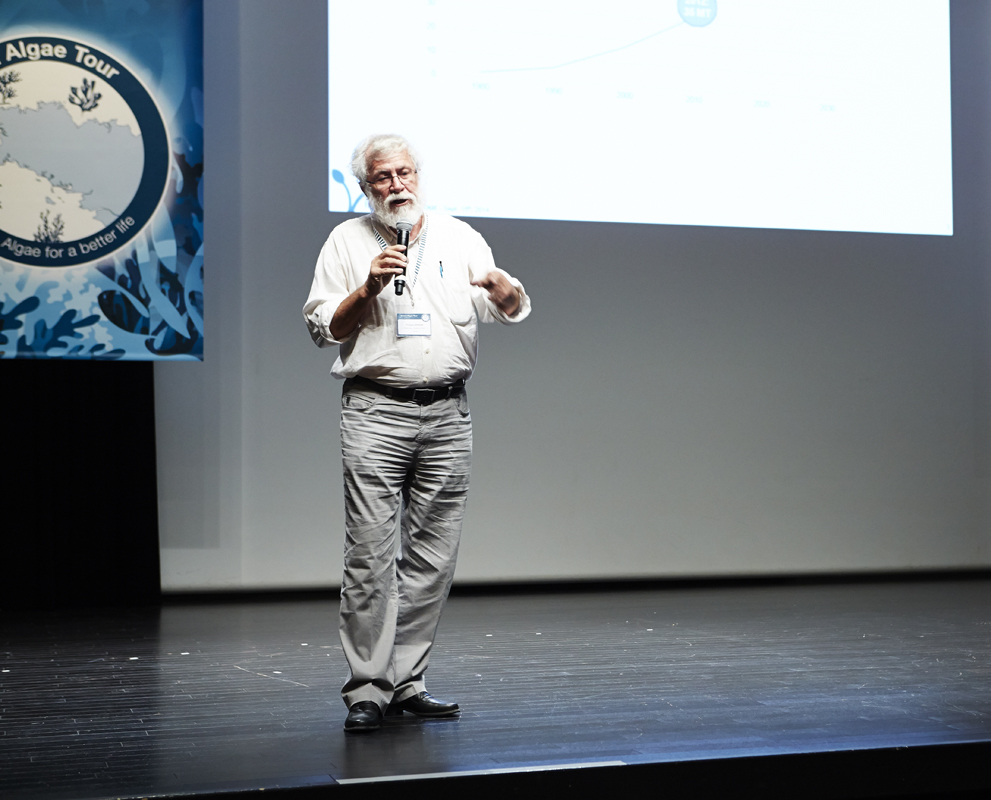 During this workshop the audiences had an opportunity to get an overview
During this workshop the audiences had an opportunity to get an overview
by Philippe Serene, former director of Proconco, a leading feed manufacturer specialized in aquaculture feed in Vietnam.
One of the main challenges of the aquaculture will be definitely the sourcing of raw materials. Therefore, this session addressed on how algae can be a solution in substitution of fish meal to a more sustainable vegetable meal as a protein source in aquaculture feed.
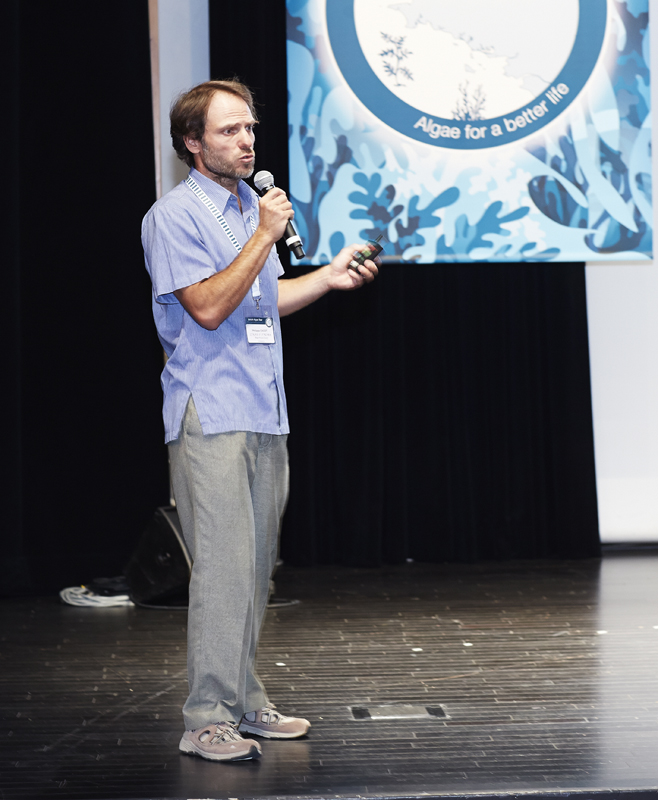 In this regard, Dr Cacot was invited to present on his work in making algae as a new source of proteins for aquaculture.
In this regard, Dr Cacot was invited to present on his work in making algae as a new source of proteins for aquaculture.
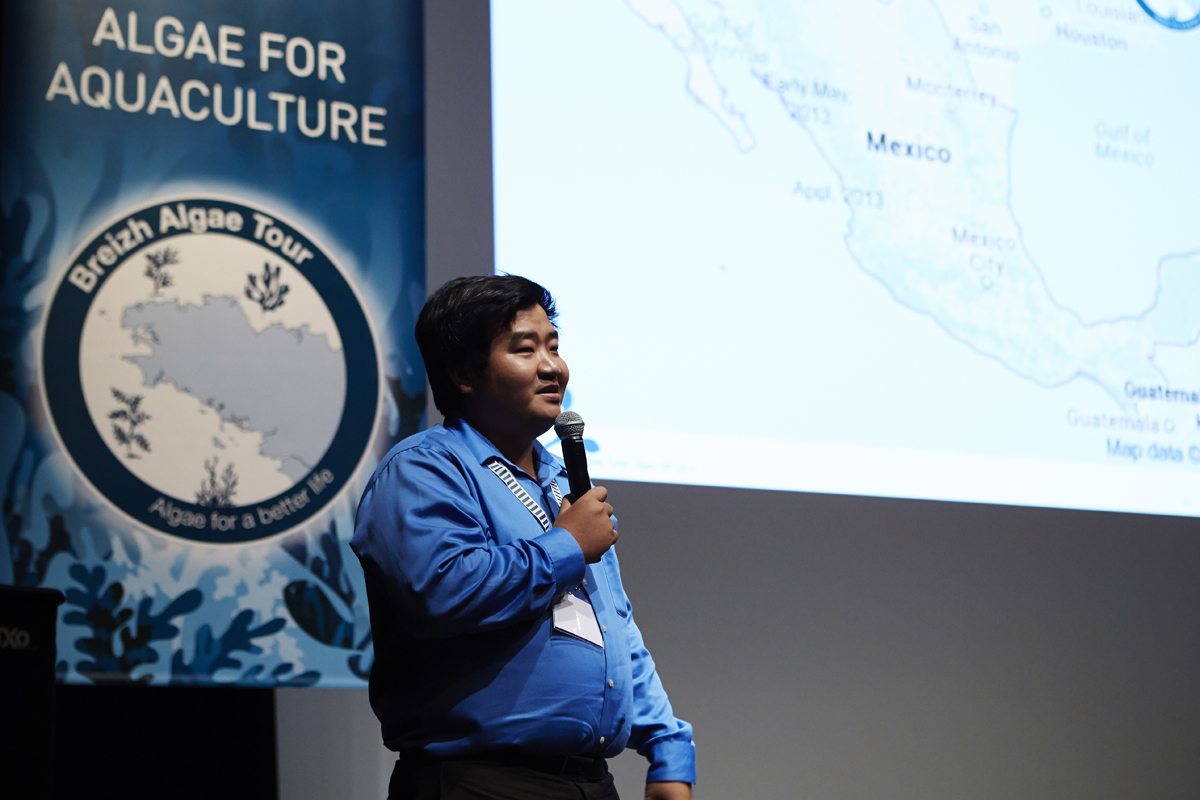 One of the other challenges of the aquaculture production is the health challenge. Dr Loc Tran, one of the scientist that discovered the pathogen responsible for Early Mortality Syndrome, explained different strategies in fighting against this pathogen and how algae can be a part of the solution.
One of the other challenges of the aquaculture production is the health challenge. Dr Loc Tran, one of the scientist that discovered the pathogen responsible for Early Mortality Syndrome, explained different strategies in fighting against this pathogen and how algae can be a part of the solution.
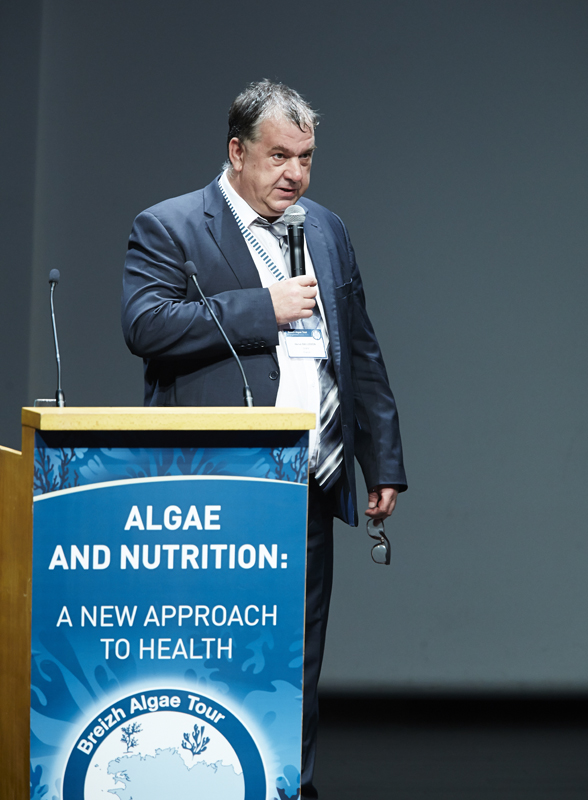 With all of these efforts, Olmix CEO Hervé Balusson said “the final goal is to be successful in producing animal without resorting to antibiotics, thanks to algae.”
With all of these efforts, Olmix CEO Hervé Balusson said “the final goal is to be successful in producing animal without resorting to antibiotics, thanks to algae.”
